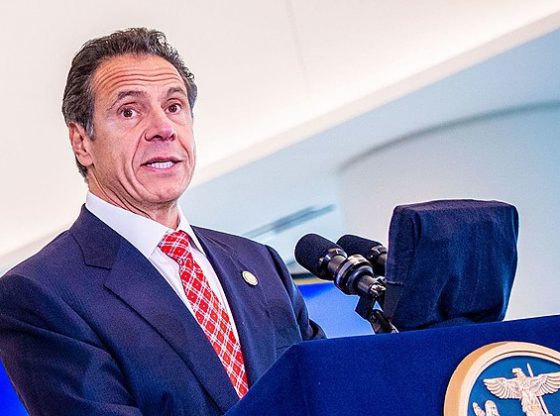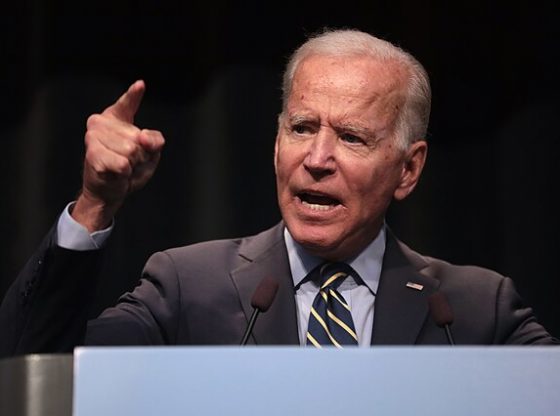Vice President Kamala Harris released an 82-page document explaining her vision for the economy on Wednesday, but the plan shares much in common with President Joe Biden’s economic agenda.
The plan, titled “A New Way Forward For The Middle Class,” proposes to build upon Biden initiatives like student loan debt cancellation, industrial policy, huge subsidies for green energy and going after corporations for alleged price gouging. Prior to quitting the presidential race under immense political pressure, voters were largely dissatisfied with Biden’s economy, which had come to be defined by 40-year high inflation.
“Harris isn’t going to stray very far from current Biden policies,” Ryan Young, a senior economist for the Competitive Enterprise Institute, told the Daily Caller News Foundation. “She is trying to steer a middle course between carving out her own identity, but without implying that Biden has pushed bad policies, which she has been promoting for the last four years.”
Kamala Harris Economic Plan by Nick Pope on Scribd
Harris aims to “[make] corporations and the wealthiest Americans pay their fair share in taxes,” something she plans to do by essentially replicating the $5 trillion tax hike that Biden’s fiscal year 2024 budget request called for. Some of Harris’ “common sense” reforms that would fuel this tax hike include a 25% unrealized capital gains tax for high-earning Americans and a top capital gains tax rate of 33%, an aggressive-but-less-ambitious alternative to the 44.6% rate that Biden has proposed.
“Americans should be deeply concerned about any political program attempting to brand a massive increase in taxes – in this case, including a tax on unrealized capital gains – as ‘new,’” Peter Earle, a senior economist at the American Institute for Economic Research, told the DCNF. “Increasing the reach of the confiscatory claws of the government while simultaneously amping up spending is how the US has accumulated $35 trillion in debt, over $100 trillion in unfunded liabilities, and debased the dollar by 90 or more percent in fifty years … And to the extent that few specifics are given, there’s no reason not to assume that Harris’ policy goals are not simply a continuation of Bidenomics.”
Those tax increases may be necessary to pay for the litany of entitlements Harris is proposing.
“Vice President Harris and Governor Walz are fighting for a future with affordable, high-quality child care and pre-K, long-term care, and paid leave, while supporting care workers and family caregivers,” the economic plan reads, without attaching any price tag to the proposals. Biden either endorsed or pursued each of these policies during his term as president.
Harris’ plan also calls for a $25,000 subsidy for qualifying first-time homebuyers. This would actually end up raising home prices, in large part because “the best way to reduce housing prices is to build more housing, not to subsidize existing housing,” according to Young.
Biden has previously proposed a similar $10,000 tax credit for first-time homebuyers and those selling their first homes.
A Harris-Walz administration “will invest in building the energy industries of the future here in the United States, keeping the well-paid union jobs of the future here at home” while building on the Inflation Reduction Act (IRA), Biden’s massive climate law. Beyond hundreds of billions of dollars to subsidize the green energy industry, the IRA also features tax credits that Americans can claim to install things like heat pumps and rooftop solar in their homes.
Harris touts these credits in her new plan, stating that they allowed “more than 3.4 million American families [to save] $8.4 billion in 2023.” Missing from the economic plan is the fact that more than half of those savings were claimed by people making more than $100,000, and that six-figure-plus earners were over three times more likely to claim the credits, according to Internal Revenue Service data.
Like Biden, Harris is also promising to be a strong ally of organized labor if elected.
“She will also prevent misclassification of employees, and override so-called ‘right-to-work’ laws that prevent workers from freely organizing,” Harris’ economic plan states. “She will also continue to fight for manufacturing and infrastructure projects that benefit from significant public support to be subject to strong prevailing wage requirements, as well as Project Labor Agreements for construction projects above appropriate minimal thresholds.”
Notably, “right-to-work” laws do not prevent workers from organizing; such laws simply give workers the choice as to whether or not they would like to join a union or pay union dues, according to the National Conference of State Legislatures. Many of the subsidies Biden unleashed on the American economy include labor requirements that advantage labor unions.
Throughout his first term, Biden repeatedly alleged that corporate greed and price gouging has led to price spikes for goods like gasoline and groceries, for example, while many economists and observers have actually blamed his tax-and-spend agenda for driving inflation. Nevertheless, Harris seems keen to continue blaming companies for higher prices, at least rhetorically.
A prospective Harris-Walz administration “will go after nefarious price gouging on essential goods during emergencies or times of crisis,” the plan states. Harris had previously trotted out a broader version of this policy in August, but she and her team subsequently specified that de facto price controls would only take effect in the wake of emergencies, like natural disasters or a pandemic.
“If one were to undertake an exhaustive research program to determine an economic policy which, throughout history, has not only failed repeatedly but caused tremendous damage on the way to inevitable failure, it would be price controls,” Earle told the DCNF. “For 4,000 years political authorities have been trying to freeze prices without causing shortages and extensive economic ruination and [have] been unsuccessful.”
The Harris campaign did not respond to a request for comment.
Featured Image Credit: The United States Senate – Office of Senator Kamala Harris
















